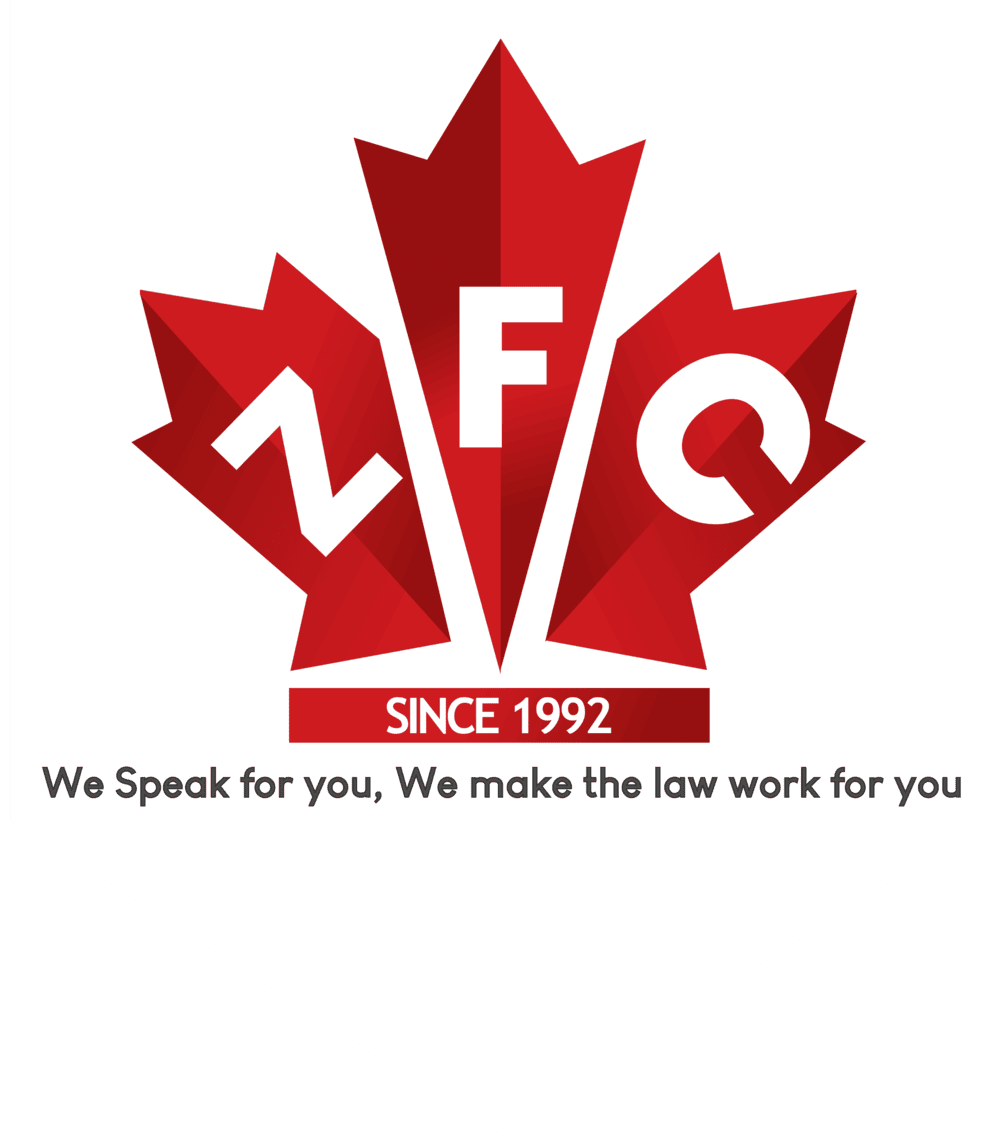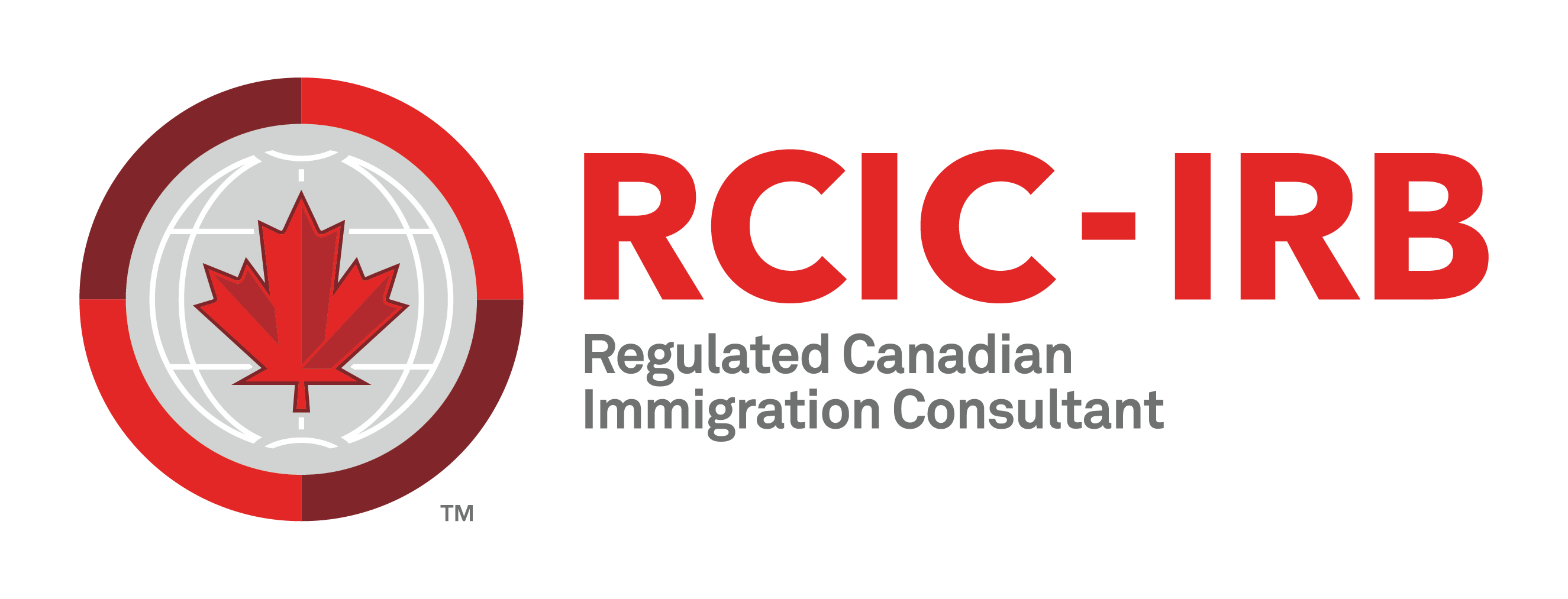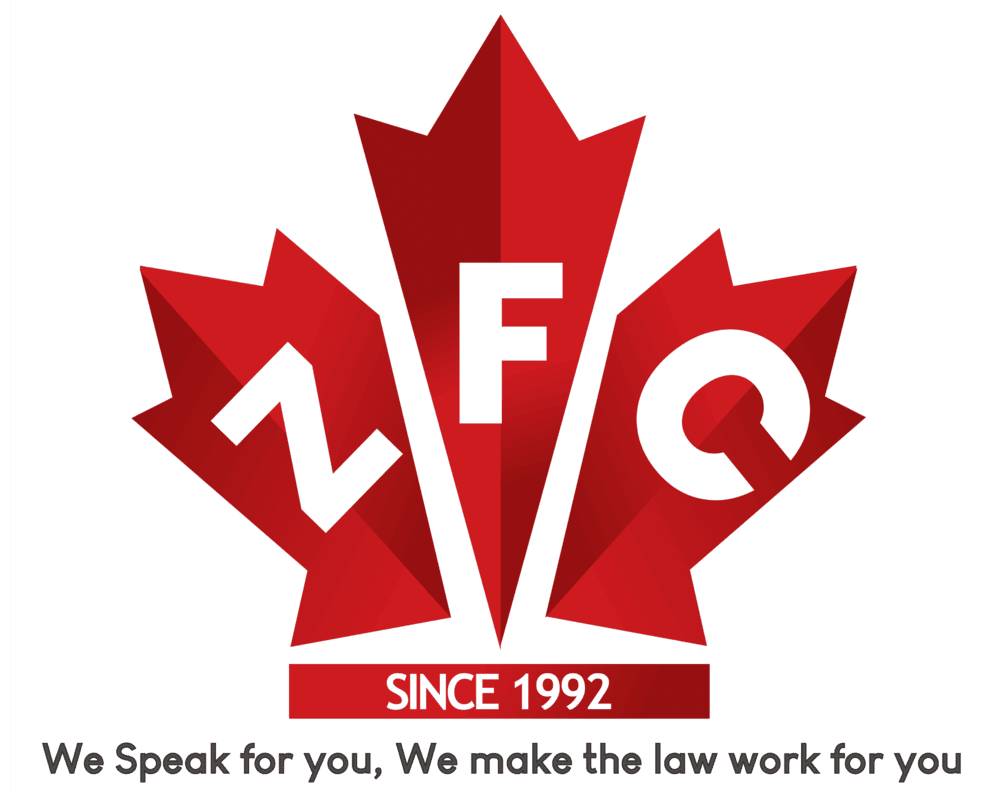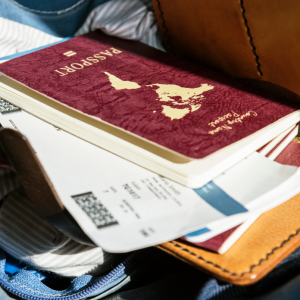Last Updated On 9 June 2025, 9:28 AM EDT (Toronto Time)
Canada’s Express Entry system offers skilled workers a pathway to permanent residency, but a common strategy—declaring a spouse as “non-accompanying” to gain extra points—can lead to serious consequences.
While this practice is not automatically misrepresentation, it often prompts Immigration, Refugees and Citizenship Canada (IRCC) to issue procedural fairness letters (PFLs), especially when the spouse is living and working in Canada.
If applicants respond inadequately or dishonestly to these letters, their applications may be refused, and in some cases, IRCC may find misrepresentation, even resulting in a five-year ban.
This guide explores why IRCC is scrutinizing non-accompanying spouse declarations, specific scenarios triggering PFLs, real-life impacts, and practical steps to avoid pitfalls, drawing on insights from immigration experts.
Table of Contents
The Non-Accompanying Spouse Strategy in Express Entry
Express Entry ranks candidates using the Comprehensive Ranking System (CRS), which scores factors like age, education, language proficiency, and work experience.
Single applicants may receive more points for these attributes compared to married applicants if their spouse’s qualifications and language scores are not good enough.
Married applicants can declare their spouse as “non-accompanying”—meaning they will not relocate to Canada as permanent residents—allowing assessment as a single applicant, which can add up to 40 CRS points.
Since 2022, an influx of temporary residents has increased competition, raising CRS cut-off scores.
IRCC’s category-based draws for fields like French, health care, and STEM have made it harder for others to secure Invitations to Apply (ITAs).
While historically Express Entry candidates use the non-accompanying spouse option to boost their CRS score, as it is allowed legally.
In October 2024, Canada announced reduced permanent residency targets: 395,000 in 2025, 380,000 in 2026, and 365,000 in 2027.
This has increasingly led many married applicants to declare spouses as non-accompanying to boost their chances, planning to sponsor them later, which has brought this loophole into IRCC’s consideration.
Furthermore, when the spouse is in Canada, IRCC often questions the declaration’s validity, issuing PFLs to seek clarification.
Under Section 40 of the Immigration and Refugee Protection Act (IRPA), misrepresentation occurs when an applicant provides false information or withholds material facts that could affect an immigration decision, whether intentional or not.
IRCC takes misrepresentation seriously; even if the error is by mistake, the onus is on the applicant.
Consequences include:
- Application refusal
- Five-year ban from Canadian immigration programs
- Permanent record of misrepresentation
- Revocation of permanent residency if IRCC finds it out after you get PR.
Declaring a non-accompanying spouse is allowed under immigration law for valid reasons, such as a spouse’s career abroad or family obligations.
It is not misrepresentation by default. However, IRCC may issue a PFL if they suspect the declaration doesn’t reflect the applicant’s circumstances, particularly when the spouse is already in Canada on temporary status.
A PFL outlines concerns and gives applicants a chance to respond, typically within 7–30 days.
If the response lacks clarity or evidence, IRCC may refuse the application.
Misrepresentation findings are not common but can occur if responses involve significant deception, such as falsified documents or clear lies.
Immigration consultants emphasize that being upfront about the reason for a non-accompanying declaration is critical to avoiding issues.
IRCC is increasingly issuing PFLs for non-accompanying spouse declarations when the spouse is living and working in Canada.
Below are key scenarios where this happens, informed by IRCC practices and perspectives from experts.
1. Spouse Living and Working in Canada with No Valid Reason to leave
If a spouse is in Canada on a work or study permit and living with the applicant, declaring them as non-accompanying can result in a PFL.
IRCC expects a genuine reason for non-accompanying status, like a commitment to stay abroad.
Living together in Canada suggests the spouse plans to remain, contradicting the declaration.
For example, an applicant in Vancouver declares their spouse, on a Spousal Open Work Permit (SOWP), as non-accompanying to gain CRS points.
IRCC may request proof that the spouse intends to leave Canada.
Without strong evidence, such as a job contract abroad, a PFL may follow.
Immigration experts note that IRCC closely examines cases where couples share an address, as this raises doubts about the declaration’s legitimacy.
2. Failure to Update Spouse’s Circumstances
Applicants must update their Express Entry profile if their spouse’s status changes, such as moving to Canada on a work or study permit.
Failing to report this can trigger a PFL, as IRCC considers it withholding material facts.
For instance, an applicant declares their spouse as non-accompanying while they’re abroad but doesn’t notify IRCC when the spouse arrives in Canada.
Immigration lawyers point out that IRCC often uncovers such discrepancies through background checks or social media, prompting PFLs.
3. Non-Accompanying Spouse Refusing Biometrics or Medical Exams
Non-accompanying spouses must provide biometrics, police certificates, and medical exams to confirm admissibility (e.g., no criminal or health issues).
If a spouse in Canada refuses, IRCC may suspect the declaration is a tactic to avoid scrutiny, leading to a PFL.
For example, an applicant declares their spouse, working in Canada, as non-accompanying, but the spouse skips biometrics, citing personal reasons.
IRCC may request proof of separation or intent to leave Canada.
Immigration experts warn that non-compliance with admissibility requirements often triggers PFLs, as IRCC prioritizes system integrity.
4. Inconsistent or Vague Explanations
IRCC requires a clear explanation for non-accompanying status, supported by evidence like a foreign job contract.
Vague reasons, such as “personal reasons,” or inconsistencies, like social media showing the couple living together, can lead to PFLs.
If the spouse is in Canada, IRCC may suspect the declaration aims to boost CRS scores.
Immigration experts advise applicants to provide detailed letters of explanation with supporting documents to avoid PFLs.
5. Intent to Sponsor Spouse Later
Some applicants declare spouses as non-accompanying to secure permanent residency, then plan to sponsor them later.
If the spouse is in Canada, IRCC may question the declaration’s intent, especially if evidence suggests they’ll stay.
A PFL may follow, and a dishonest response—claiming the spouse will leave when they won’t—risks refusal or, rarely, misrepresentation.
Immigration consultants note that IRCC is cracking down on this tactic, as it undermines the CRS system’s fairness.
IRCC’s scrutiny reflects efforts to ensure fairness in Express Entry amid rising competition and reduced immigration targets. Key triggers for PFLs include:
- Cohabitation Evidence: Shared addresses, leases, or social media posts showing the couple together in Canada.
- Spouse’s Status: Work or study permits suggest intent to stay, contradicting non-accompanying claims.
- Admissibility Issues: Refusal to provide biometrics or medical exams raises suspicions.
- System Integrity: IRCC aims to prevent CRS score manipulation, especially with tighter quotas.
PFLs allow applicants to clarify their circumstances, but weak or dishonest responses often lead to refusals.
Misrepresentation findings are less common but occur when responses involve clear deception, such as falsified documents or incorrect information.
Applicants must fulfill their “duty of candour” to provide truthful information.
Failing to respond effectively to a PFL can have serious outcomes:
- Application Refusal: The most common result when responses lack evidence or clarity, as in Priya’s case.
- Misrepresentation Finding: Not common but possible if responses involve deception, like Maria’s false claim, triggering a five-year ban and permanent record.
- Revocation of Status: If misrepresentation is discovered after permanent residency is granted, it can be revoked.
- Emotional and Financial Impact: Applicants face stress, lost fees, and disrupted plans.
Immigration professionals highlight the challenges of non-accompanying spouse declarations.
Experienced licensed consultants argue that the practice is legitimate if disclosed transparently, but IRCC’s focus on in-Canada spouses makes it risky.
They advise clear explanations and evidence to avoid PFLs.
Experts also describe such declarations as a “minefield” when spouses share an address, recommending thorough documentation.
They also stress that PFL responses require extensive evidence and legal arguments, such as ordering Global Case Management System (GCMS) notes to understand IRCC’s concerns.
Also, proactive documentation is needed, like foreign employment contracts, to prevent PFLs.
IRCC’s use of social media and residency records makes honesty essential and its position is clear.
If a non-accompanying declaration is made to gain points while the spouse intends to stay in Canada, it may be flagged as misrepresentation if responses to PFLs are inadequate.
To prevent PFLs and refusals, applicants should take these steps:
- Declare All Family Members: Include non-accompanying spouses in your Express Entry profile with accurate details.
- Provide Evidence: Submit marriage certificates, proof of intent to stay abroad (e.g., job contracts), and admissibility documents (biometrics, medical exams).
- Update Changes: Notify IRCC if your spouse moves to Canada or your marital status changes.
- Explain Clearly: Provide a detailed letter explaining non-accompanying status, supported by evidence. Kanwar Sierah stresses this avoids misunderstandings.
- Hire a Professional: An immigration lawyer or consultant can ensure compliance. Manny Lidher recommends expert review for in-Canada spouse cases.
If you receive a PFL, act promptly:
- Review the Concerns: Understand IRCC’s issues, such as cohabitation or admissibility.
- Gather Evidence: Provide documents proving your spouse’s intent, like travel plans or foreign job offers. Ordering GCMS notes to clarify IRCC’s concerns.
- Be Honest: Avoid false claims, as they risk misrepresentation findings.
- Seek Legal Help: A lawyer can craft a response with legal arguments and case law.
- Request an Extension: If you need time to gather documents, ask IRCC for an extension.
- Consider Withdrawal: In rare cases, withdrawing the application may avoid a ban, but consult a professional first.
IRCC’s crackdown aims to maintain fairness in Express Entry as competition rises and immigration targets shrink.
However, unclear guidelines on non-accompanying spouses cause confusion.
IRCC’s strict approach may penalize honest applicants, calling for clearer policies.
The surge in PFLs demonstrates the need for better applicant education to prevent unintentional errors.
Declaring a non-accompanying spouse in Express Entry is allowed, but when the spouse is living and working in Canada, it may invite IRCC scrutiny.
Procedural fairness letters are now-a-days common, and inadequate or dishonest responses can lead to refusals or, rarely, misrepresentation findings with severe consequences.
By being honest, providing strong evidence, and seeking expert help, applicants can avoid derailing their Canadian dream.
Share this article to raise awareness and consult a professional to keep your application on track.
If you need further adjustments (e.g., additional scenarios, different tone, or specific focus), please let me know, and I’ll refine the article accordingly.
You may also like: New Canada Workers Benefit Payment Increase Effective July 2025
New GST Payment Increase In Canada Effective July 2025
New Ontario Trillium Benefit Payment to Be Sent on June 10
3 New CRA Benefit Payments for Ontario Residents in June 2025











Leave A Comment
You must be <a href="https://zfcanada.com/wp-login.php?redirect_to=https%3A%2F%2Fzfcanada.com%2F2025%2F06%2F09%2Fcanada-express-entry-non-accompanying-spouse-strategy-can-derail-your-pr-dream%2F">logged in</a> to post a comment.